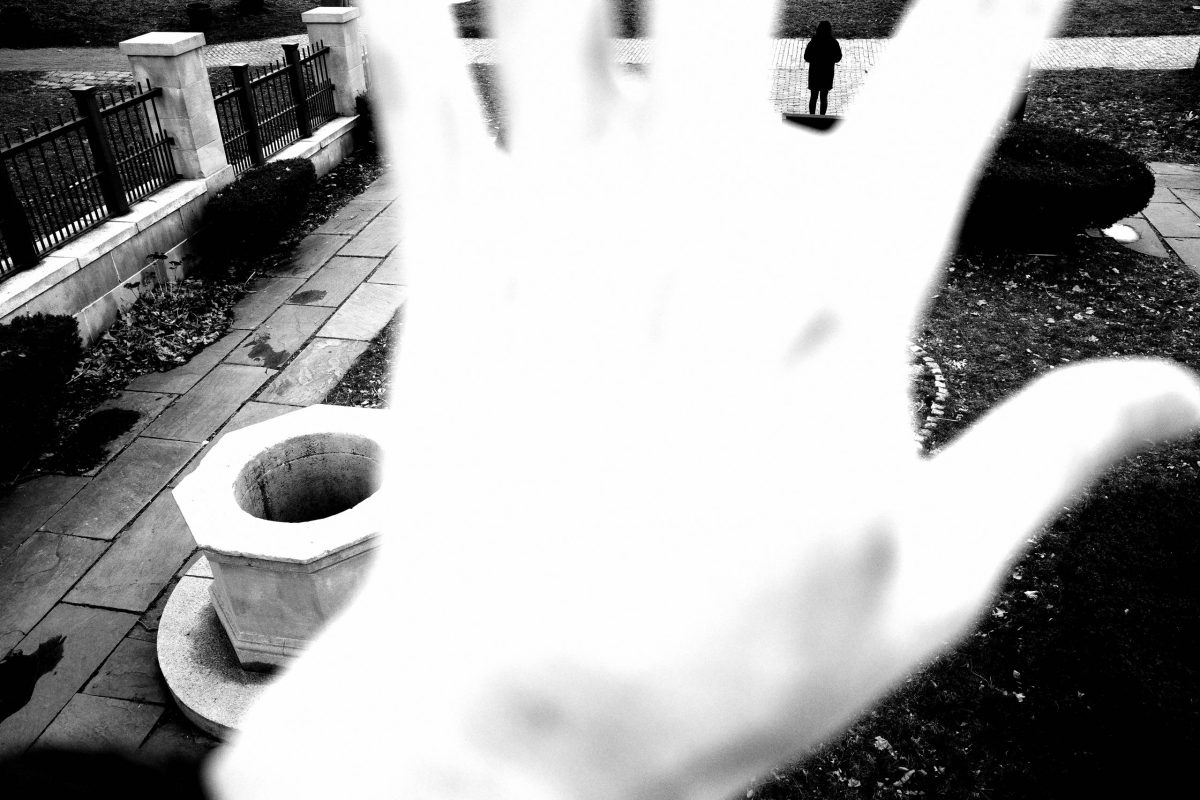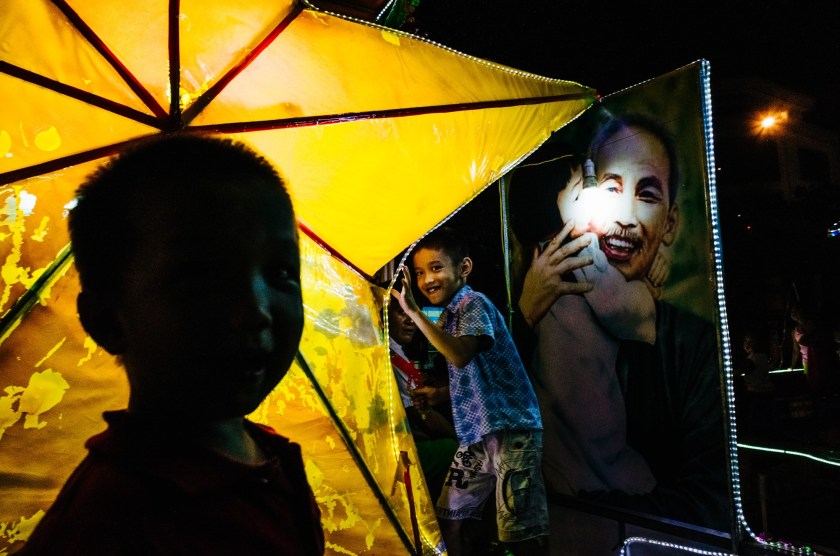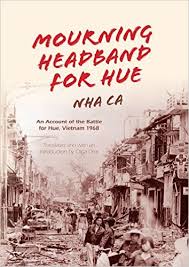Update 4/10/2020: Thank you so much for the kind and loving words of support! As a grassroots deployment of our skills during this difficult time, we have now started a “Long Hai Feeds You” Campaign to feed frontline medical workers. Read more and donate here. Thank you for the love and stay safe!
As a historian, I analyze continuity and change. How do moments of upheaval affect people, states, institutions, across time and space? I consider the nuances of change for certain communities—the degree of rupture from previous ways of life and the resiliency of individual lives, social practices, and cultural norms.
I examine the history of Vietnam, where war haunts all aspects of life and sense of temporality. Disruption was the only constant, and fear functioned as a stimulus for survival. The prolonged state of uncertainty led to the utter abandonment of all trust in the socio-political fabric of governmental systems, economic stability, and sense of community. Vietnamese lived at the boundary of divine intervention and fated misery. A sense of a non-future and the loss of human agency shrouded the everyday. I have come to understand this reality through my mother and father’s life. They were kids forced to become adults in the midst of war, created a family out of tentative dreams and functional necessity, and escaped their war torn world in hopes for any kind of future for their family. I am deeply embedded within this traumatic history as a child of the Vietnam War, born in a refugee camp in Malaysia, and growing up in America the land of promise, hope, and hypocrisy.

Yet, it was not until COVID-19 that I now know what it means to live through history. While this moment is not the same as war, I have become familiar with its symptoms and side effects. The loss of human agency in everyday action. The inability to fathom a future. The surrender to fated defeat and existential misery.
Continue reading “My Experience Living through History: War, Human Agency, and Non-Future”









